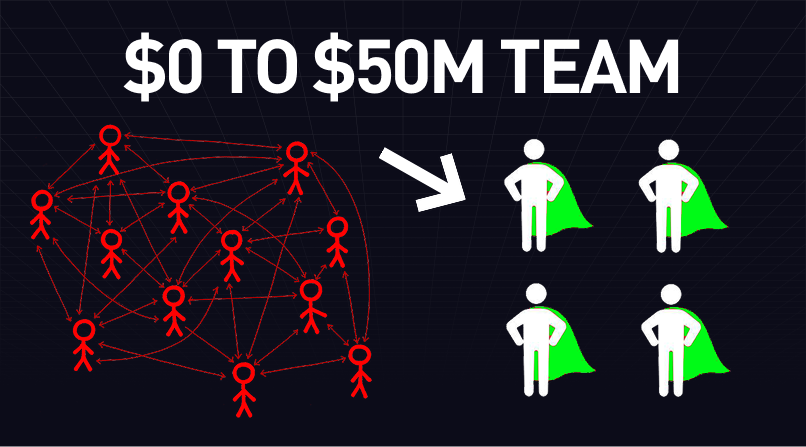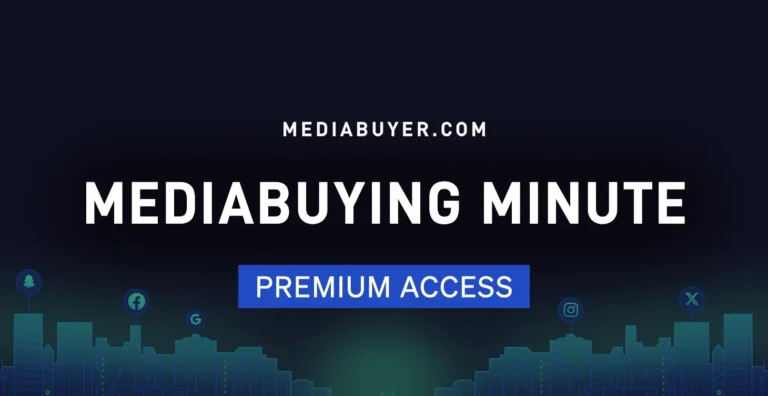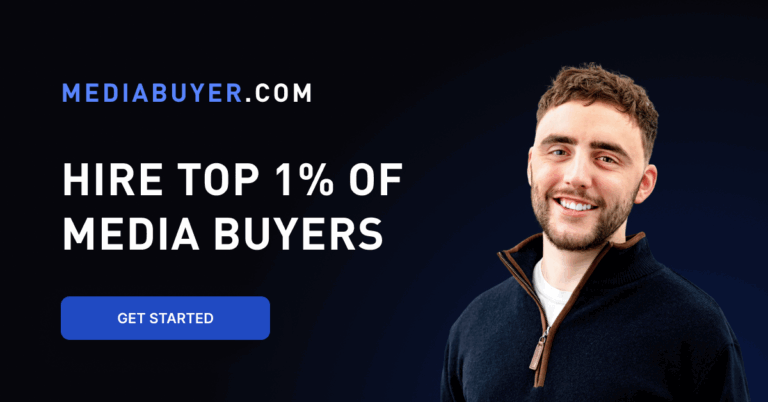When Jason joined Grant Cardone as Head Media Buyer, Cardone Ventures was spending almost nothing on paid ads. They were purely a sales organization built around Grant’s personal brand and organic content. Jason mission: build a paid advertising operation that could support Grant’s massive growth goals, including live webinars targeting 200,000+ registrants.
His first instinct was traditional agency thinking. He hired 10 specialists – dedicated media buyers for each platform, copywriters, creative designers, landing page developers, tracking specialists, account coordinators. The structure looked professional on paper. In practice, it created massive bottlenecks.
“What I found in practice is that in marketing, things become very slow. You’re kind of waiting for that production line to progress,” Jason explains.
Campaign launches that should have taken days stretched into weeks. When Grant announced a live webinar with a three-week buildup period, the team couldn’t move fast enough to capitalize on the momentum.
The breaking point came with Cardone University. Jason assigned one of his media buyers to this funnel, but quickly realized the specialist structure was dooming it to failure. “There was one case where one of the guys on my team was working on Cardone University, and I could see that his funnel was never going to get any attention from the rest of the team because people were busy, and from my standpoint it just wasn’t going to convert to paid traffic.”
Jason made a controversial decision that shook up the internal team structure.
Instead of adding more specialists, he restructured each role around full-stack ownership. He promoted his Cardone University media buyer to become a complete marketing manager for that product line. Instead of just running ads, this person would own campaign strategy, copy direction, landing page optimization, performance analysis, and funnel improvements.
“I made a big push for him to essentially become a marketing manager with media buying as his lead skill,” Jason recalls. “It was controversial within the company because I was sort of restructuring things, but I think ultimately it was the right model.”
This transformation worked. Instead of waiting for specialists to complete sequential tasks, the marketing manager could iterate rapidly, test new approaches, and optimize the entire funnel for performance. This success led Jason to a complete restructuring philosophy: replace 10 specialists with 4 full-stack marketing managers.
The new structure was elegant in its simplicity:
- Marketing Manager 1 owned high-ticket products and webinar funnels.
- Marketing Manager 2 handled educational products and course funnels.
- Marketing Manager 3 managed the real estate division and investment products.
- A single creative specialist supported all three with high-end content production.
Each marketing manager owned complete customer acquisition for their vertical, from initial ad strategy through final conversion optimization.
“If I had the chance to have a four person team over a 10 person team and I could make that work, I would go with that,” Jason explains. “We’ve all become fatigued by zoom meetings where we’re talking about the work but we just can’t get it done.”
The full-stack approach only worked because Jason built a culture of continuous learning rather than rigid specialization. “You have to consider if people are working all week, if they’re just grinding all the time, then you have a problem that they’re not developing and learning,” Jason observed.
His solution was dedicating 1-2 hours daily for skill development. Team members would take courses, learn new tools, and cross-train during work hours. “At my agency where I had people in house, they would sit and do courses in the middle of the day because you have to balance things out.”
The learning framework was practical, not theoretical. AI-powered copywriting tools enabled media buyers to write competent copy without being professional copywriters. Landing page builders allowed them to create functional pages without developer skills. Basic tracking and analytics training meant everyone understood the complete customer journey, not just their piece of it.
The restructured team achieved remarkable scale. They hit $350K daily spend on live webinar campaigns, consistently generated 200,000+ registrants per major event, and ran successful campaigns across Facebook, Instagram, Google, and YouTube while maintaining efficiency throughout the growth from $0 to $50M+ total spend. Campaign launches went from weeks to days. Creative iterations happened in hours, not days. Funnel optimizations could be tested immediately without coordination bottlenecks during high-pressure periods.
Most importantly, the marketing managers became true growth partners rather than execution-only roles. They could identify funnel problems, suggest offer improvements, and optimize the entire customer journey rather than just the advertising component. When someone owns complete results for a product line, they think strategically about every element that impacts performance.
How to Build Your Full-Stack Team
Finding the right people is everything. Jason’s hiring criteria was simple but crucial: “I would always try to recruit people who want to be full stack marketers whether they are or not.”
He looked for curiosity over credentials, growth mindset over specialized expertise.
The best candidates were media buyers who asked questions about the offers they were promoting, copywriters who wanted to understand campaign performance, or anyone who showed genuine interest in the complete customer journey.
Jason gave each person 1-2 hours daily for skill development – courses, tutorials, cross-training with teammates. But the real learning came from ownership. When someone is responsible for complete funnel performance, they naturally learn what impacts their results. A media buyer who owns landing page conversion rates will quickly learn landing page optimization. A person responsible for customer acquisition costs will master offer positioning.
Setting expectations was critical to success. Jason was clear that full-stack didn’t mean expert-level skills in everything. It meant functional competence across multiple areas with media buying as the core strength. He measured results, not process. If someone could drive customer acquisition profitably, he didn’t care whether they used AI tools, templates, or hired freelancers for specialized tasks.
The goal was funnel ownership and business results, not demonstrating expertise in every marketing discipline.
The expectation setting also included failure tolerance. “You have to create a culture where they’re not really afraid to fail,” Jason explains. When people are learning multiple skills while being held accountable for results, they need permission to experiment, iterate, and occasionally miss the mark. The learning culture only works when people feel safe to try new approaches.
For more, watch the full Q&A interview with Jason here.








